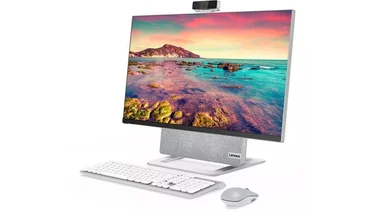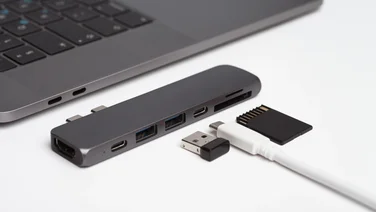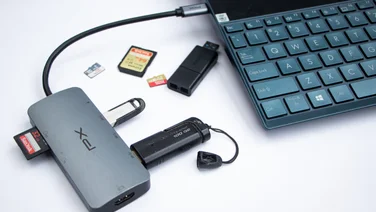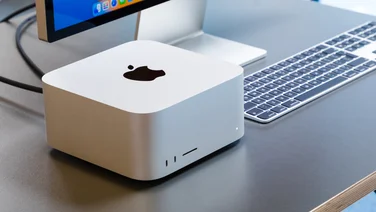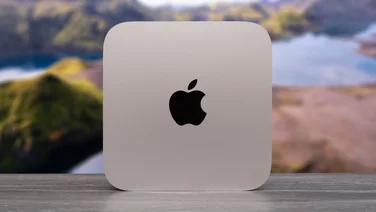To help us provide you with free impartial advice, we may earn a commission if you buy through links on our site. Learn more

MSI is the latest company we’ve seen to attempt to squeeze a complete computer into a case no larger than a lunchbox. The Cubi goes further than all the other mini PCs we’ve seen to date, including Intel’s tiny NUC, with a case the size of four slices of Mighty White. It’s not just the diminutive size that’s exciting, though; the Cubi is the first mini PC we’ve seen based on Intel’s latest Broadwell architecture.
The Cubi is available with Broadwell Celeron, Pentium, Core i3 and Core i5 processors, with prices starting from £99 for a barebones Celeron model, which will need RAM and storage to turn it into a usable PC. Our £189 review unit used a Core i3-5005U processor, and we fitted it with 4GB of 1600MHz Crucial SO-DIMM RAM and a 128GB SSD for testing. At current prices, this would cost you around £20 for the RAM and £60 for the SSD; add in a copy of Windows and the total spend should be roughly £345, which is still cheaper than the equivalent Intel NUC.

The dual-core processor runs at 2GHz, with no Turbo function for faster burst speeds. That being said, it’s still a capable chip, managing an impressive 97 overall in the 1080p version of our benchmarks, which we run on lower-powered hardware. This is about the same speed as a mid-range laptop, and means the Cubi is perfectly suitable to normal desktop applications and multi-tasking. Our more intensive 4K benchmarks were still a bit much for the low-power chip, however, giving us an overall score of 24. More processor-intensive tasks like video editing are asking a bit too much of the CPU, but that’s to be expected for such a small, power-efficient PC.
Broadwell is manufactured on a 14nm process, which Intel claims reduces power consumption by as much as 30% over previous-generation Haswell chips. Under full load, the Cubi drew around 28W from the mains; this is far less than the maximum 65W the external power brick can provide, and significantly lower than even an entry-level tower PC’s power draw.
Intel has also upgraded its integrated graphics for Broadwell, with a claimed 40% performance increase. This might be good news for fans of browser games and Minecraft, but in practice the HD Graphics 5500 was still unable to get playable framerates in 3D games. It managed a choppy 20.2fps in our Dirt Showdown benchmark at 1,280×720, High detail and 4x Anti-aliasing, and failed to produce a playable result at 1,920×1,080 with the same settings.
Dropping the details to Medium and disabling anti-aliasing boosted the 1,280×720 frame rate to a more acceptable 31.1fps. Intel’s Haswell-powered NUC might have an older GPU core, but it can boost its clock speed further than the Broadwell chip, helping it achieve better frame rates in games. The Cubi is still able to stream games using Steam In-Home Streaming, however, meaning it could be used to play games streamed from a more powerful PC in another room.

The Cubi isn’t passively cooled, meaning it is possible to hear the fan whirring inside, but only in a completely silent room; it’s so quiet that we had to put our ear right up against the exhaust vents to hear it in the office. It also got warm to the touch after an hour of benchmarking, but not uncomfortably so.
The compact chassis looks great in either black or white, with one corner acting as the power button. It’s small enough to mount behind a monitor using the supplied VESA bracket, but it’s the optional HDD extension base that could prove most useful.
In its default configuration the diminutive Cubi has no room inside for a 2.5in hard disk or SSD, so you’ll need to use a tiny mSATA disk instead. However, if you don’t want to use mSATA, you can swap the flat base plate for the extension plate included in the box; this adds around a centimetre to the Cubi’s height, but makes room for a 2.5in storage disk. It’s great to have the choice between size and storage capacity, rather than forcing you to use mSATA or lumping you with a larger chassis. Installing the extension plate doesn’t stop you from using the mSATA port, either, meaning you could have both mSATA and 2.5in storage if you need the extra storage capacity.
It’s a shame there’s no card reader for complete convenience, but otherwise we were impressed with how much connectivity MSI managed to fit onto the Cubi. The two USB3 ports on the front are joined by a 3.5mm headset jack, and you’ll find another two USB3 ports alongside HDMI, Mini DisplayPort and Gigabit Ethernet on the back. You also get 802.11ac Wi-Fi and Bluetooth 4.0.
You can use both display outputs simultaneously to drive two monitors, and the mini DisplayPort can output to 4K resolution screens at 60Hz. There are a few caveats for anyone looking to use the Cubi with a 4K display, however. You’ll need to opt for the Core i3 model, and fill both SO-DIMM slots with RAM in dual-channel mode.
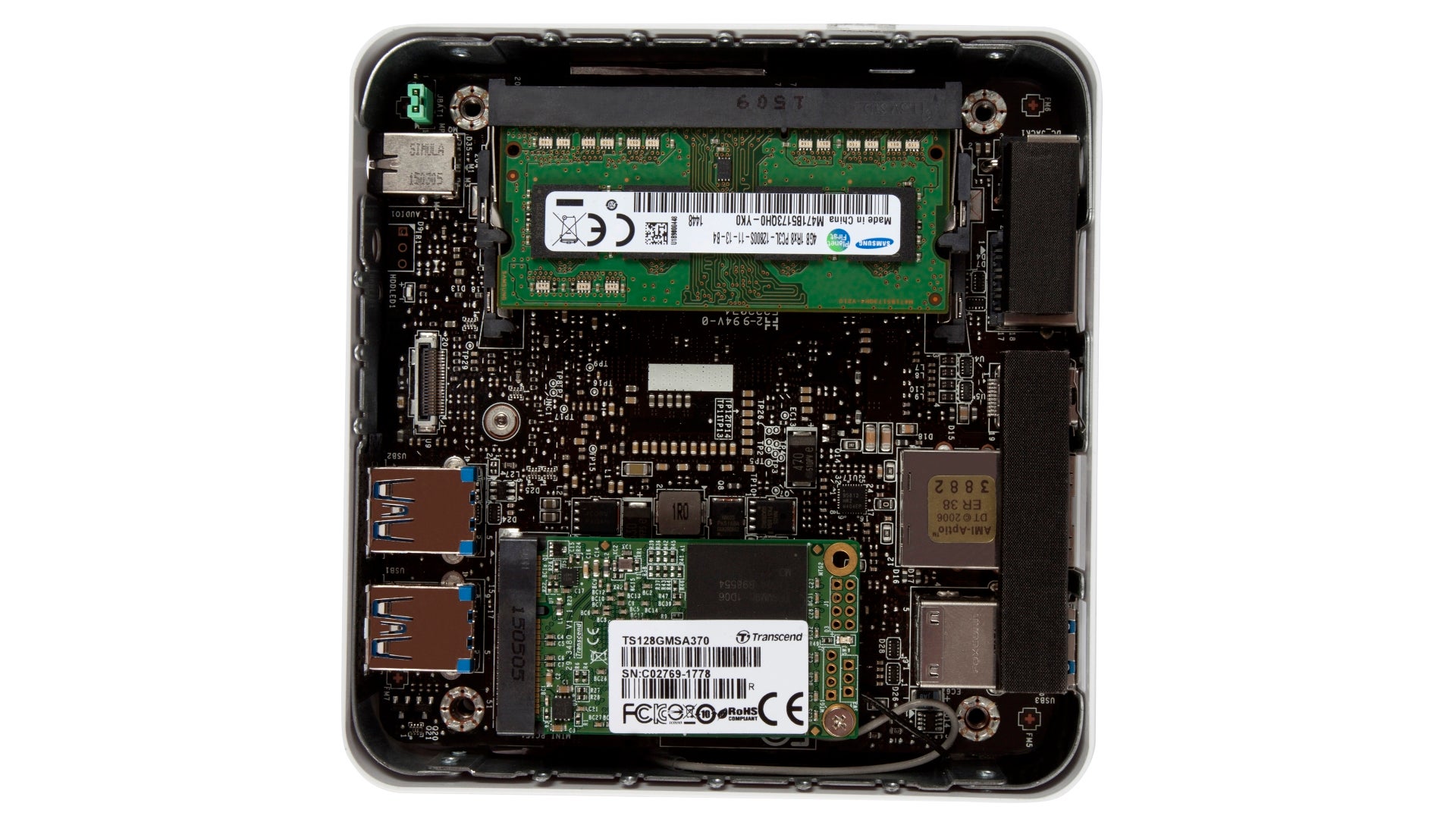
The barebones cost of £189 makes the Cubi comfortably cheaper than Intel’s NUC, even before you factor in the cost of storage, memory and a copy of Windows. Zotac’s Zbox Nano CI321 might be cheaper still, but it’s a lot less powerful and significantly larger. If you like the idea of a compact computer that’s quiet and inexpensive, yet still able to handle all your desktop tasks, the Cubi is an excellent choice. If you want a little more gaming performance, however, a Core i5 NUC is still your best bet.

